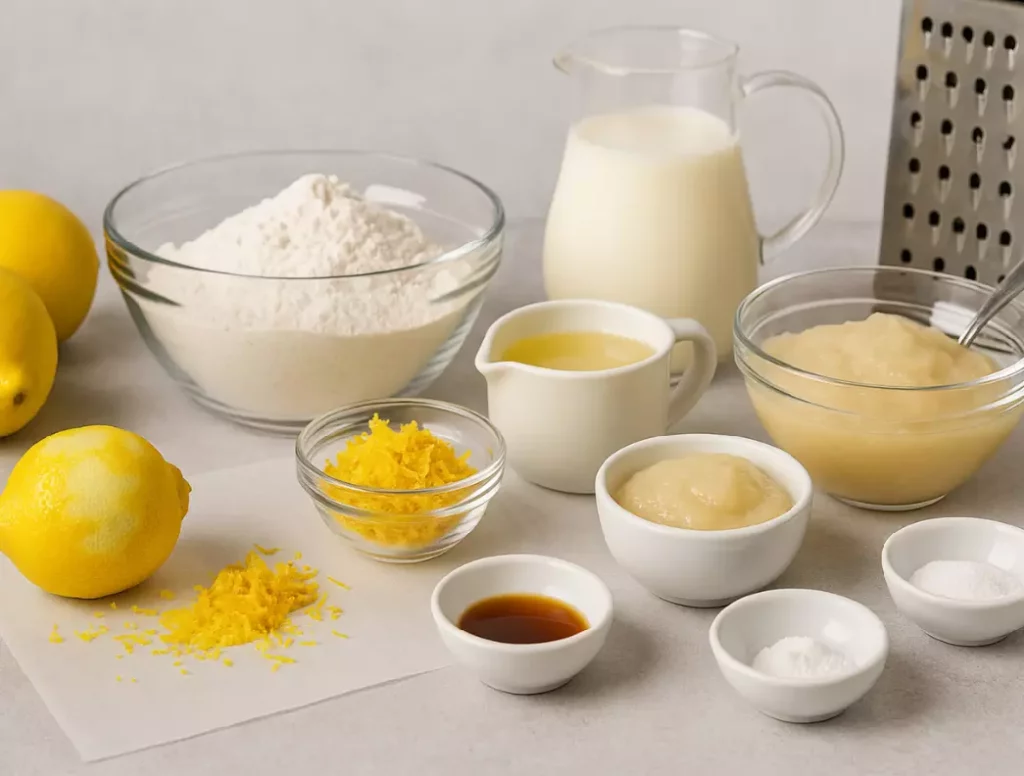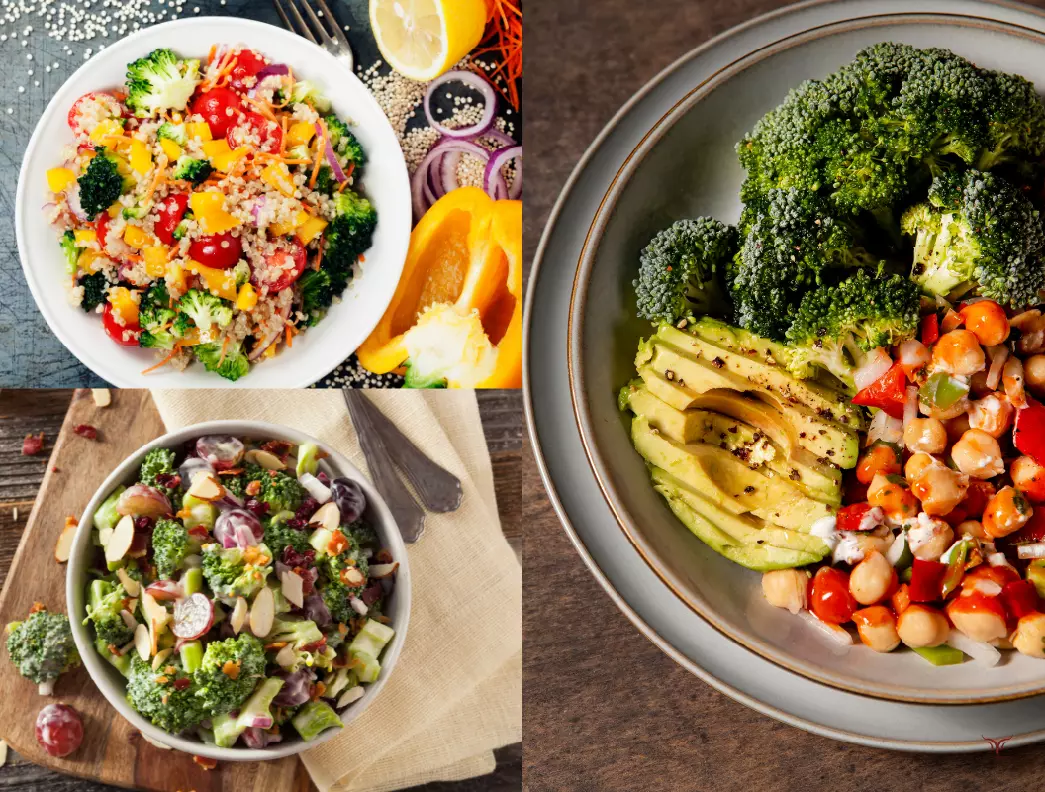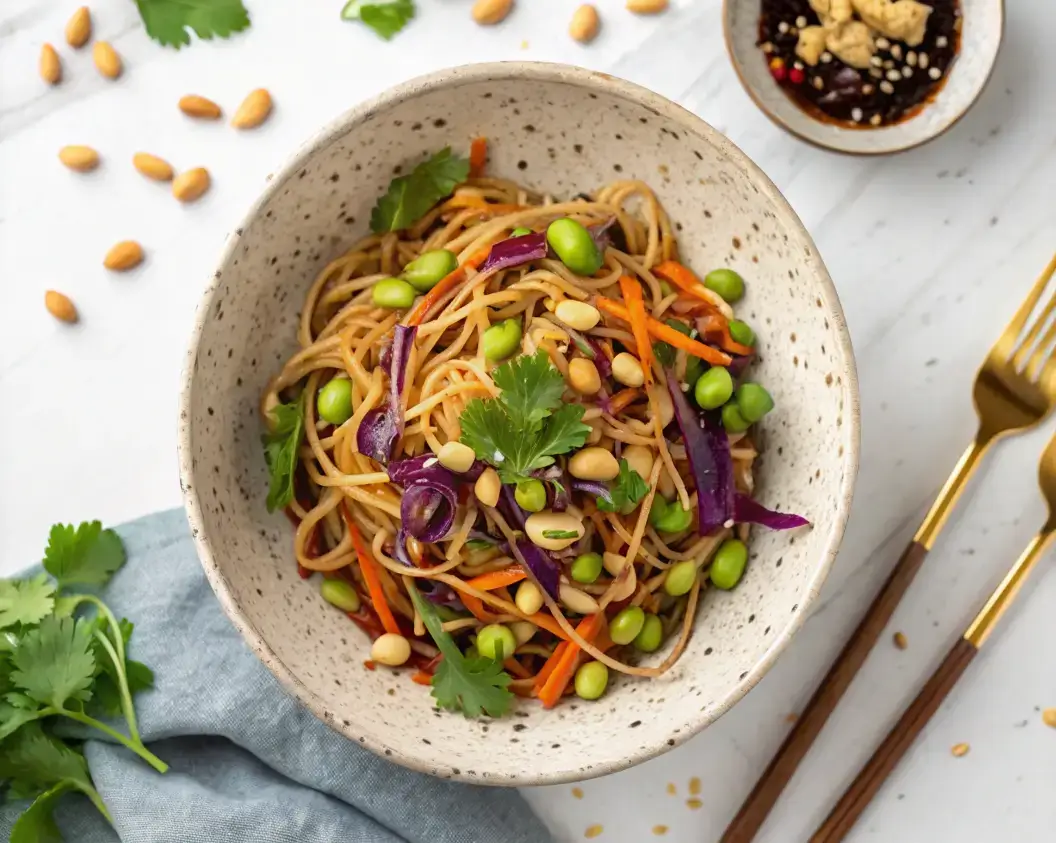There’s something magical about walking into a bakery and catching that first whiff of fresh lemon loaf – that perfect balance of tangy citrus and sweet, tender crumb that makes your mouth water instantly. But what if I told you that you could recreate that exact same bakery-quality lemon loaf recipe right in your own kitchen, using only plant-based ingredients?
This vegan lemon loaf recipe isn’t just a substitute for the “real thing” – it IS the real thing. After countless kitchen experiments and taste tests, I’ve cracked the code to creating a lemon loaf that’s so moist, so flavorful, and so perfectly textured that even your non-vegan friends will be begging for the recipe.
Why This Vegan Lemon Loaf Recipe Works
The secret to an incredible lemon loaf recipe lies in understanding the science behind great baking. Traditional recipes rely on eggs and butter for structure and moisture, but we’re going to achieve even better results using plant-based alternatives that actually enhance the lemon flavor rather than compete with it.
What makes this recipe special:
- Extra moisture from applesauce and plant milk creates an incredibly tender crumb
- Acidic ingredients like lemon juice and vinegar activate the baking soda for perfect rise
- Oil instead of butter keeps the texture light and prevents the loaf from becoming dense
- Double lemon power from both zest and juice for maximum citrus impact
Ingredients You’ll Need

For the Lemon Loaf:
- 2 cups (240g) all-purpose flour
- 1 cup (200g) granulated sugar
- 1 tablespoon baking powder
- 1/2 teaspoon salt
- 1/3 cup (80ml) neutral oil (vegetable or canola)
- 1 cup (240ml) unsweetened plant milk (almond or oat work best)
- 1/2 cup (120g) unsweetened applesauce
- 1/4 cup (60ml) fresh lemon juice (about 2 large lemons)
- 2 tablespoons lemon zest (from 2-3 lemons)
- 1 teaspoon vanilla extract
- 1 tablespoon apple cider vinegar
For the Lemon Glaze:
- 1 1/2 cups (180g) powdered sugar
- 3-4 tablespoons fresh lemon juice
- 1 tablespoon lemon zest
- Pinch of salt
Essential Equipment:
- 9×5 inch loaf pan
- Large mixing bowl
- Whisk
- Measuring cups and spoons
- Zester or fine grater
- Wire cooling rack
Step-by-Step Instructions
Preparing Your Kitchen (5 minutes)
- Preheat your oven to 350°F (175°C).
- Grease your loaf pan with oil or line with parchment paper, leaving some overhang for easy removal.
- Zest your lemons first, then juice them – you’ll get more juice from room temperature lemons.
Mixing the Batter (10 minutes)
- Combine dry ingredients: In a large bowl, whisk together flour, sugar, baking powder, and salt until well combined.
- Prepare wet ingredients: In a separate bowl or large measuring cup, whisk together the plant milk, oil, applesauce, lemon juice, lemon zest, vanilla, and apple cider vinegar. The mixture might look slightly curdled – that’s perfectly normal and actually helps create a tender crumb.
- Combine wet and dry: Pour the wet ingredients into the dry ingredients and gently fold together with a spatula until just combined. Don’t overmix – a few lumps are okay. Overmixing will result in a tough, dense loaf.
Baking to Perfection (50-60 minutes)
- Pour into prepared pan: Transfer the batter to your prepared loaf pan and gently smooth the top.
- Bake: Place in the preheated oven and bake for 50-60 minutes, or until a toothpick inserted into the center comes out clean or with just a few moist crumbs.
- Cool properly: Let the loaf cool in the pan for 10 minutes, then turn out onto a wire rack to cool completely before glazing.
The Perfect Lemon Glaze
While your lemon loaf is cooling, prepare the glaze that will take this recipe from good to absolutely irresistible:
- Sift the powdered sugar to avoid lumps.
- Whisk in lemon juice one tablespoon at a time until you reach your desired consistency – it should be thick enough to coat the back of a spoon but thin enough to drizzle.
- Add lemon zest and salt for extra flavor complexity.
- Drizzle over completely cooled loaf – warm loaf will cause the glaze to melt and slide off.
Pro Tips for Lemon Loaf Success
Temperature matters: Use room temperature ingredients for better mixing and a more even texture.
Fresh vs. bottled lemon juice: Always use fresh lemon juice. Bottled juice lacks the bright, complex flavor that makes this recipe shine.
Don’t skip the zest: Lemon zest contains oils that provide intense lemon flavor without adding extra liquid to your batter.
Test for doneness: Start checking at 50 minutes – ovens vary, and overbaking will dry out your loaf.
Storage secret: Wrap cooled, glazed loaf in plastic wrap. It actually gets more moist and flavorful after 24 hours.
Nutritional Benefits of This Plant-Based Treat
This vegan lemon loaf recipe isn’t just delicious – it’s also a healthier alternative to traditional versions:
- No cholesterol from animal products
- Higher fiber content from plant-based ingredients
- Natural vitamin C from fresh lemon juice
- Less saturated fat than butter-based recipes
- Antioxidants from lemon zest
Variations to Try
Meyer Lemon Loaf
Substitute Meyer lemons for regular lemons for a sweeter, more floral flavor. Reduce sugar by 2 tablespoons.
Lemon Blueberry Loaf
Gently fold in 1 cup of fresh or frozen blueberries (tossed in flour) before baking.
Lemon Poppy Seed
Add 2 tablespoons of poppy seeds to the dry ingredients for a classic combination.
Lime Loaf
Replace lemon juice and zest with lime for a tropical twist – perfect for summer!
Storage and Serving Tips
Room temperature storage: Keep wrapped in plastic wrap for up to 5 days.
Freezing: Wrap unglazed loaf in plastic wrap and aluminum foil. Freeze for up to 3 months. Thaw completely before glazing.
Serving suggestions:
- Slice and serve with fresh berries
- Toast slices lightly for a warm treat
- Pair with your favorite plant-based tea or coffee
- Serve as dessert with a dollop of coconut whipped cream
Troubleshooting Common Issues
Dense or heavy texture: You may have overmixed the batter or used too much flour. Measure flour by spooning it into the cup and leveling off.
Dry loaf: Overbaking is the most common cause. Check for doneness at 50 minutes and use a toothpick test.
Sunken center: Your leavening agents may be expired, or you opened the oven door too early in the baking process.
Glaze too thick/thin: Add more lemon juice to thin, or more powdered sugar to thicken.
Frequently Asked Questions
Can I use whole wheat flour? Yes, but substitute only half the all-purpose flour with whole wheat for best results.
What if I don’t have applesauce? You can substitute with mashed banana, but it will add banana flavor to your lemon loaf.
Can I make this gluten-free? Yes! Use a 1:1 gluten-free flour blend designed for baking.
How do I know when it’s done? A toothpick inserted in the center should come out clean or with just a few moist crumbs.
Can I double the recipe? Absolutely! Use two loaf pans and bake for the same amount of time.
Final Thoughts
This vegan lemon loaf recipe proves that plant-based baking can be every bit as satisfying and delicious as traditional methods. The combination of fresh lemon flavor, tender crumb, and sweet glaze creates a dessert that’s perfect for any occasion – from weekend brunch to holiday gatherings.
The best part? Every time you make this recipe, you’re not just treating yourself to something delicious – you’re also making a choice that’s better for the environment and kinder to animals. That’s what I call a win-win!
Give this recipe a try, and I guarantee you’ll have a new go-to lemon loaf recipe that will become a regular in your baking rotation. Don’t forget to share your results in the comments below – I love seeing how your creations turn out!
Happy baking!
Did you try this vegan lemon loaf recipe? I’d love to hear about your experience! Leave a comment below and let me know how it turned out, or tag me on social media @[YourHandle] with your beautiful loaf photos. Your feedback helps me create even better recipes for our amazing plant-based community!
more recipes :
- 10 Outrageously Delicious Lemon Brownies That Will Wow Your Friends
- Irresistible 5-Ingredient Vegan White Chocolate You’ll Love
- Amazing 3-Ingredient Vegan Fudge Recipe (So Easy!)

Vegan Lemon Loaf Recipe
Ingredients
✅ For the Lemon Loaf:
- 2 cups 240g all-purpose flour
- 1 cup 200g granulated sugar
- 1 tablespoon baking powder
- 1/2 teaspoon salt
- 1/3 cup 80ml neutral oil (vegetable or canola)
- 1 cup 240ml unsweetened plant milk (almond or oat)
- 1/2 cup 120g unsweetened applesauce
- 1/4 cup 60ml fresh lemon juice (about 2 large lemons)
- 2 tablespoons lemon zest from 2-3 lemons
- 1 teaspoon vanilla extract
- 1 tablespoon apple cider vinegar
✅ For the Lemon Glaze:
- 1 1/2 cups 180g powdered sugar
- 3-4 tablespoons fresh lemon juice
- 1 tablespoon lemon zest
- Pinch of salt
Instructions
✅ Preparing the Kitchen (5 min):
- Preheat oven to 350°F (175°C).
- Grease or line a 9×5 inch loaf pan with parchment paper.
- Zest and juice lemons.
✅ Mixing the Batter (10 min):
- In a large bowl, whisk together flour, sugar, baking powder, and salt.
- In a separate bowl, whisk plant milk, oil, applesauce, lemon juice, zest, vanilla, and vinegar.
- Combine wet and dry ingredients, folding until just combined (do not overmix).
✅ Baking (50-60 min):
- Pour batter into prepared pan and smooth the top.
- Bake for 50-60 minutes, checking at 50 min with a toothpick.
- Cool in the pan for 10 min, then transfer to a wire rack.
✅ Preparing the Glaze:
- Sift powdered sugar into a bowl.
- Whisk in lemon juice gradually until thick but drizzle-able.
- Add zest and salt for flavor.
- Drizzle over fully cooled loaf.
Notes
- Use room temperature ingredients for better mixing and rise.
- Always use fresh lemon juice for the best flavor.
- Wrap the loaf after glazing to retain moisture; it often tastes even better the next day.
- Add 1 cup blueberries or 2 tbsp poppy seeds for variations.
- Freeze unglazed loaf for up to 3 months, glaze after thawing.







